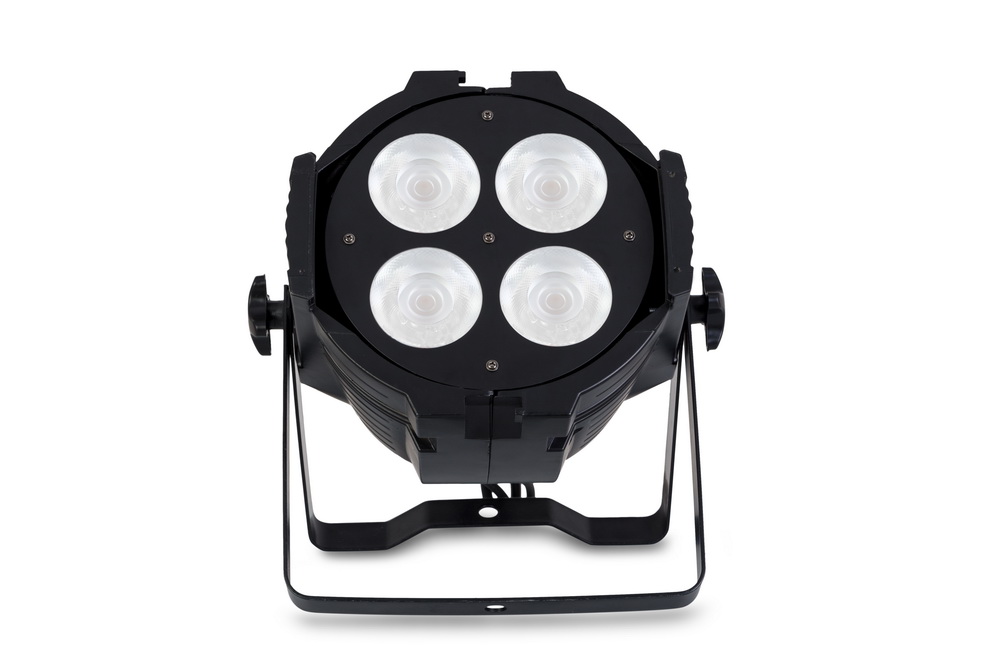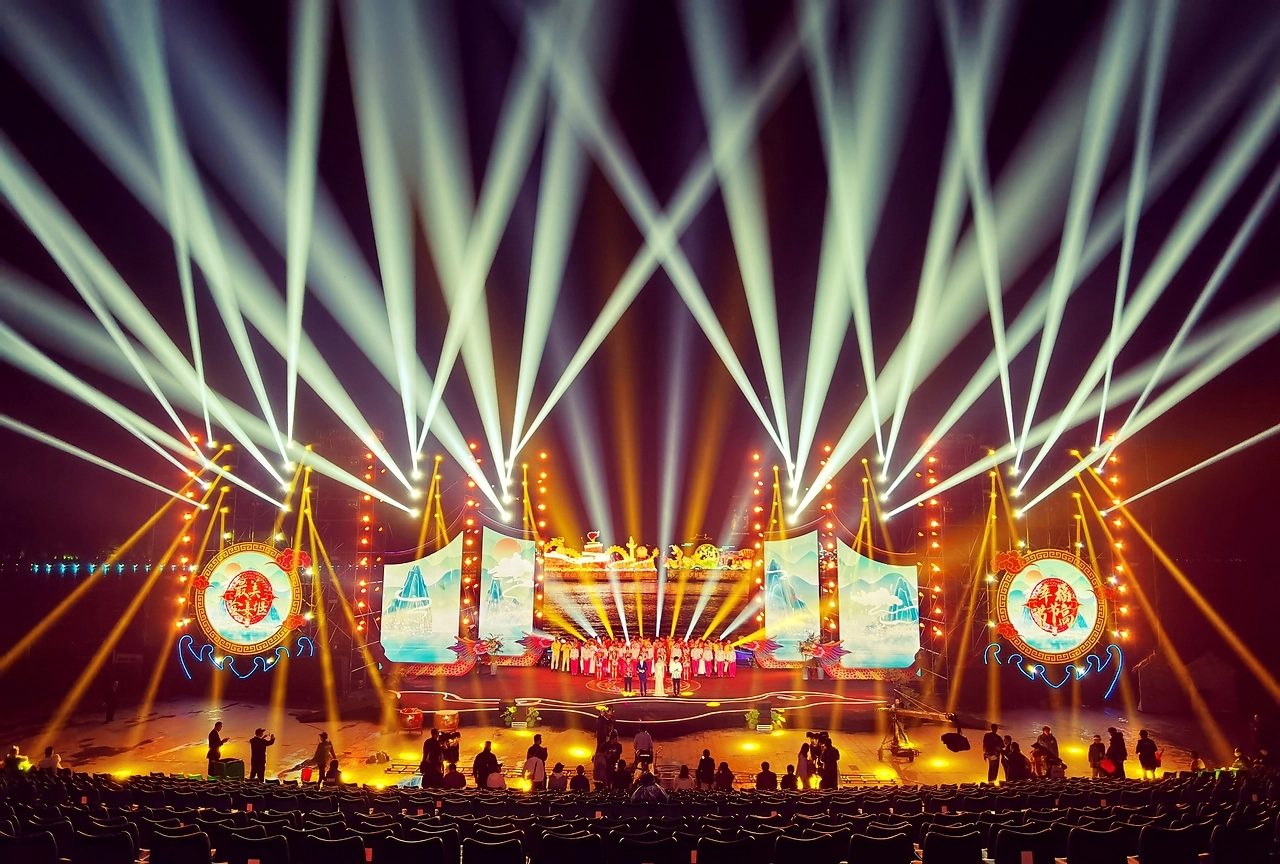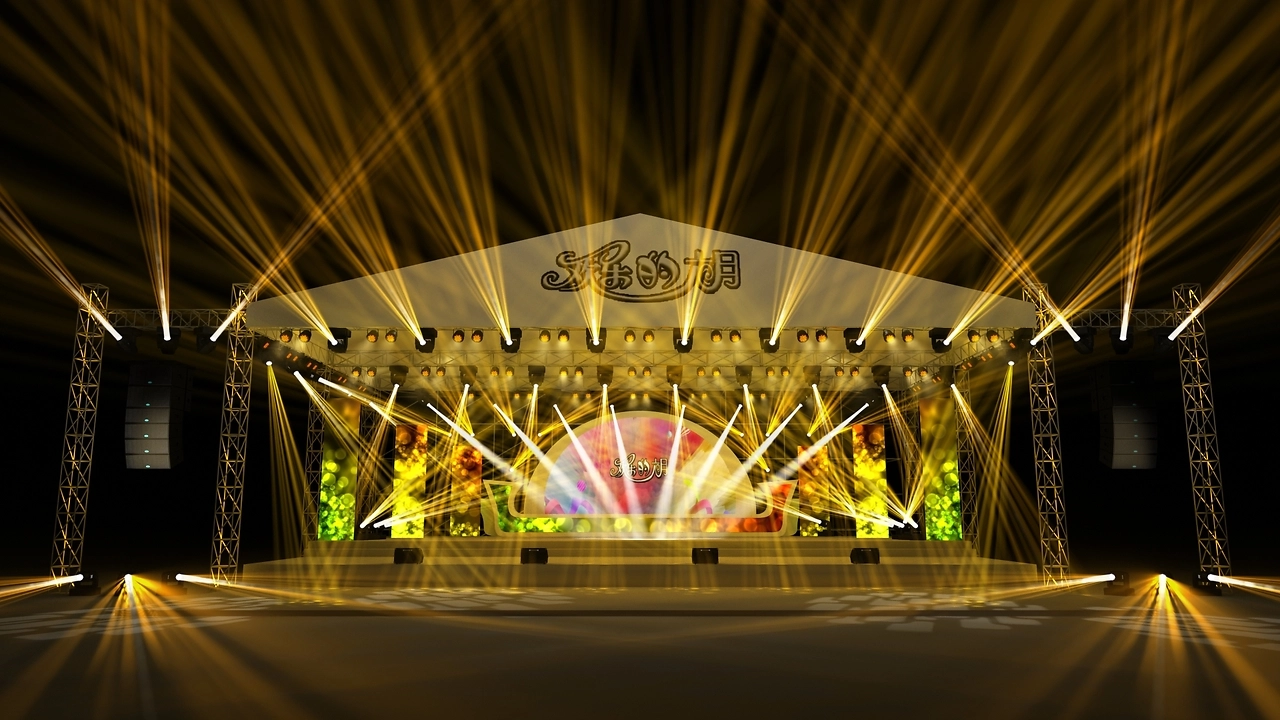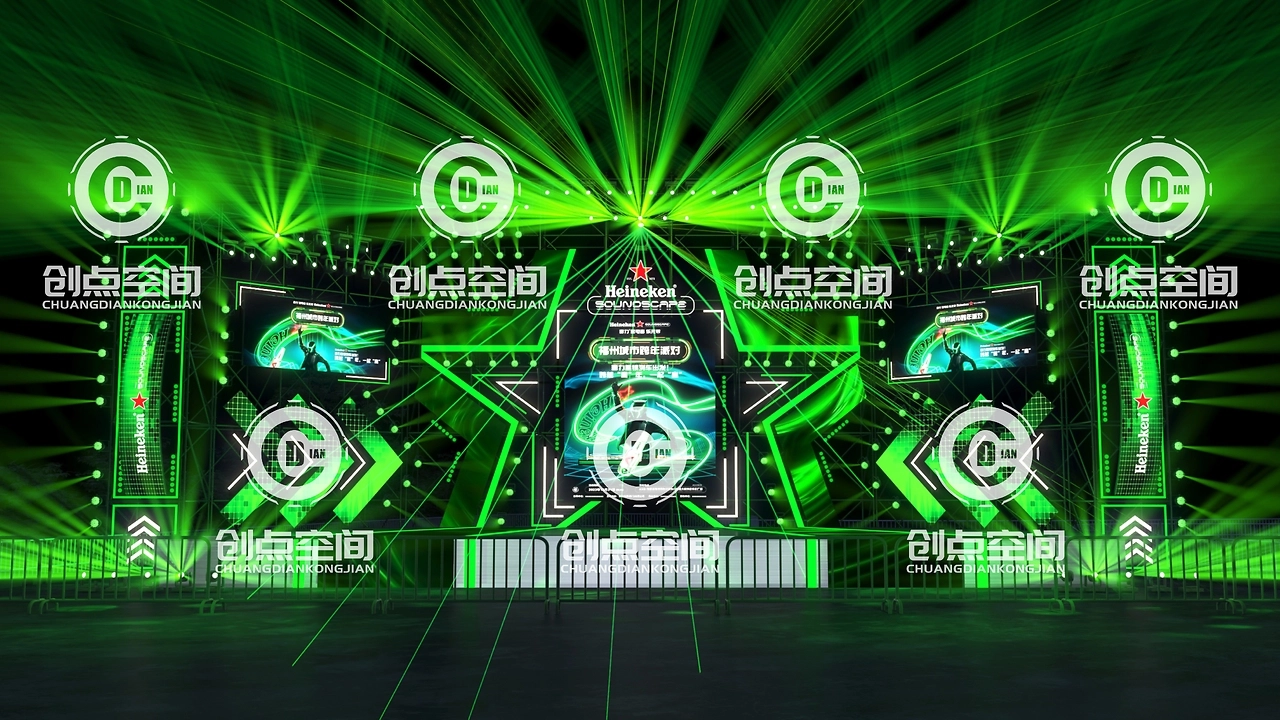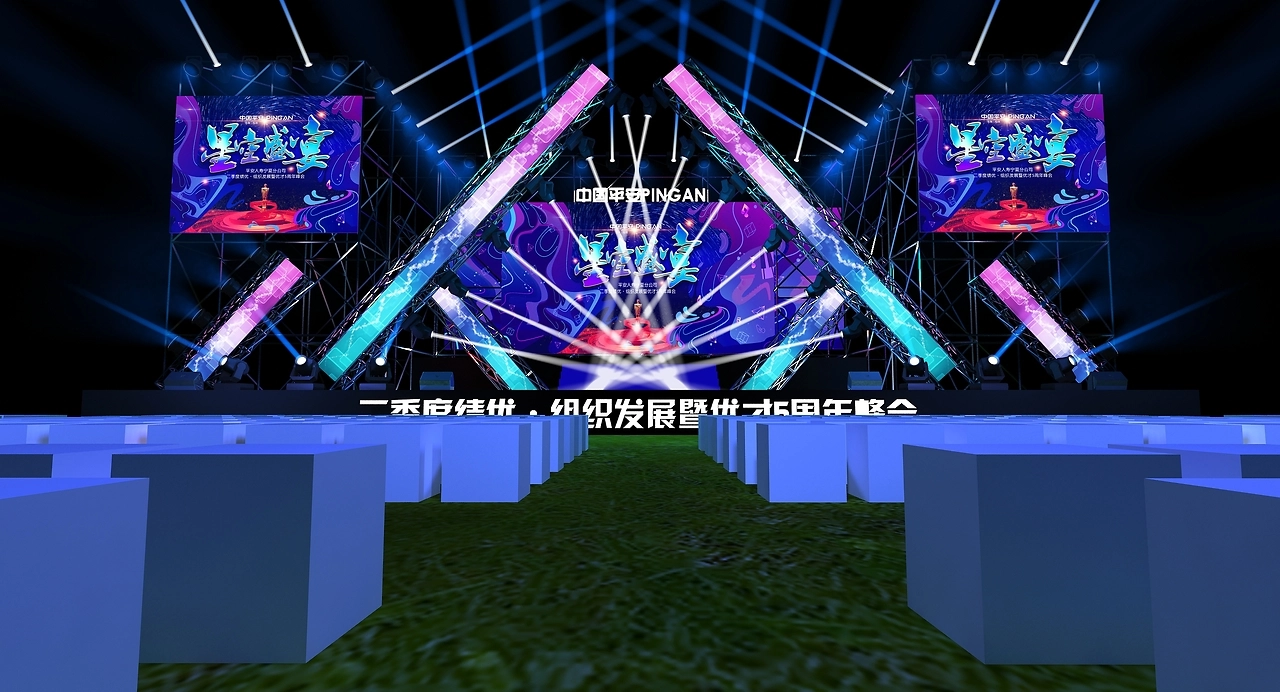Here is an original article about Stage Light:
---
Stage Lighting: A Symphony of Art and Technology**
Stage lighting, as one of the core elements of modern performing arts, is not only a tool to illuminate the scene, but also a silent language for emotional transmission, atmosphere creation, and narrative expression. The evolution of stage lighting from natural light in ancient Greek open-air theaters to today's intelligent controlled LED matrix is a microcosm of the fusion of human art and technology.
The Origin and Evolution of Stage Lighting**
The prototype of stage lighting can be traced back to ancient Greek theater in the 5th century BC. At that time, performances relied on natural light, and actors and audiences shared the same sunshine. The "light and shadow" on stage were more of a gift of time. In the Renaissance period, the use of candles and oil lamps allowed theaters to achieve artificial lighting for the first time, but the stage under flickering flames was still limited by safety and stability.
In the 19th century, with the invention of gas lamps and arc lamps, stage lighting entered a new era. British director Henry Irving first regarded lighting as an independent artistic language, enhancing dramatic conflicts through contrast between light and dark. At the beginning of the 20th century, the popularization of electric lights completely liberated the imagination of stage design - lighting began to synchronize with music and dance, becoming the "director of the fourth dimension".
2. Technological Revolution in Modern Stage Lighting
The stage lighting of the 21st century has entered the era of digitization and intelligence. Technological breakthroughs have provided artists with unprecedented creative freedom:
Whatsapp:+86 134 1860 8878
1. LED and laser technology
LED light sources replace traditional halogen lamps with their high brightness, low energy consumption, and full spectrum advantages. Laser projection can break through the limitations of physical space and construct virtual scenes on stage. For example, at the opening ceremony of the 2022 Winter Olympics, the combination of laser and LED to create the "Ice and Snow Five Rings" pushed technological aesthetics to the peak.
2. Automated control system
The application of DMX512 protocol and intelligent dimming table enables lighting technicians to accurately control the brightness, angle, and color of hundreds of lamps. Real time tracking systems, such as MRMC's robot light stand, can even allow lights to "follow" actors' movements, achieving human light interaction.
3. Immersive Experience Design**
The introduction of VR and AR technology has enabled stage lighting to break through the limitations of frame style stages. The British theater troupe Punchdrunk's' Sleep No More 'uses lighting to guide the audience through multidimensional narrative spaces, redefining the relationship between viewing and acting.
3. The Language of Lighting: From Function to Emotion**
The core value of stage lighting lies in its narrative ability. The combination of different color temperatures, angles, and dynamic effects can silently guide the audience's emotions:
-Color Psychology: Cold tones (blue, purple) often depict suspense or sadness, while warm tones (red, orange) often express passion or crisis. In the musical Hamilton, the crimson beams of revolutionary scenes and the golden overhead lights of palace plays form a strong metaphor.
-Dynamic Rhythm: Flashing lights combined with electronic music create a heart pounding sense of tension, gradually transitioning into lyrical paragraphs with white space. The dance theater "Ambush from Ten Sides" cuts the space with sword like lights, echoing the killing spirit in the pipa music.
-Symbolic use of light: A beam of overhead light can focus on the loneliness of the character (such as Zhou Puyuan in the play "Thunderstorm"), while horizontal light can cut through space and imply the division of power (such as the palace and dungeon in the opera "Aida").
4. Sustainability and Future Trends**
Today, with the awakening of environmental awareness, the stage lighting industry is transforming towards a green direction. The popularization of LED has reduced energy consumption by 70%, and recyclable material lamps and solar power supply systems are gradually entering theaters. At the same time, virtual production technology reduces the use of physical lighting fixtures through real-time engine rendering - the feasibility of this technology has been proven in the Disney Mandalorian series.
In the future, artificial intelligence may participate in lighting design: algorithms can automatically generate lighting schemes by analyzing the emotional curve of the script, and brain computer interface technology can even directly affect the changes in light and shadow through the audience's consciousness. But no matter how the technology iterates, the essence of stage lighting remains unchanged - it is a story written by humans with light, a magic that never fades in the darkness.
Conclusion
From epic chants by campfires to holographic stages in the metaverse, lighting has always been a bridge connecting reality and illusion. As technology empowers artists with more possibilities, we may need to remember the motto of German playwright Brecht: "Light should not only display visible things, but also reveal invisible thoughts." The ultimate mission of stage lighting is always to let the soul see light..
Whatsapp:+86 134 1860 8878
